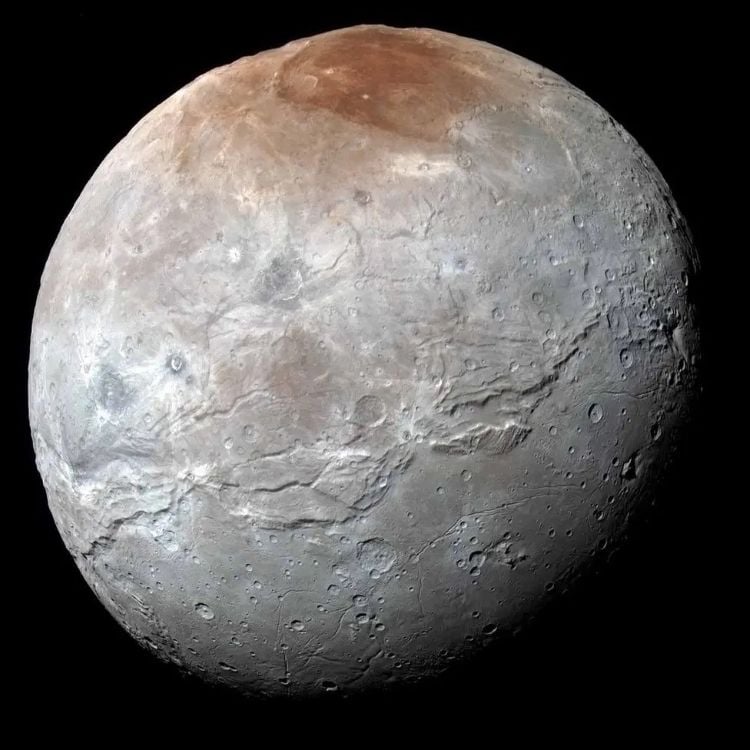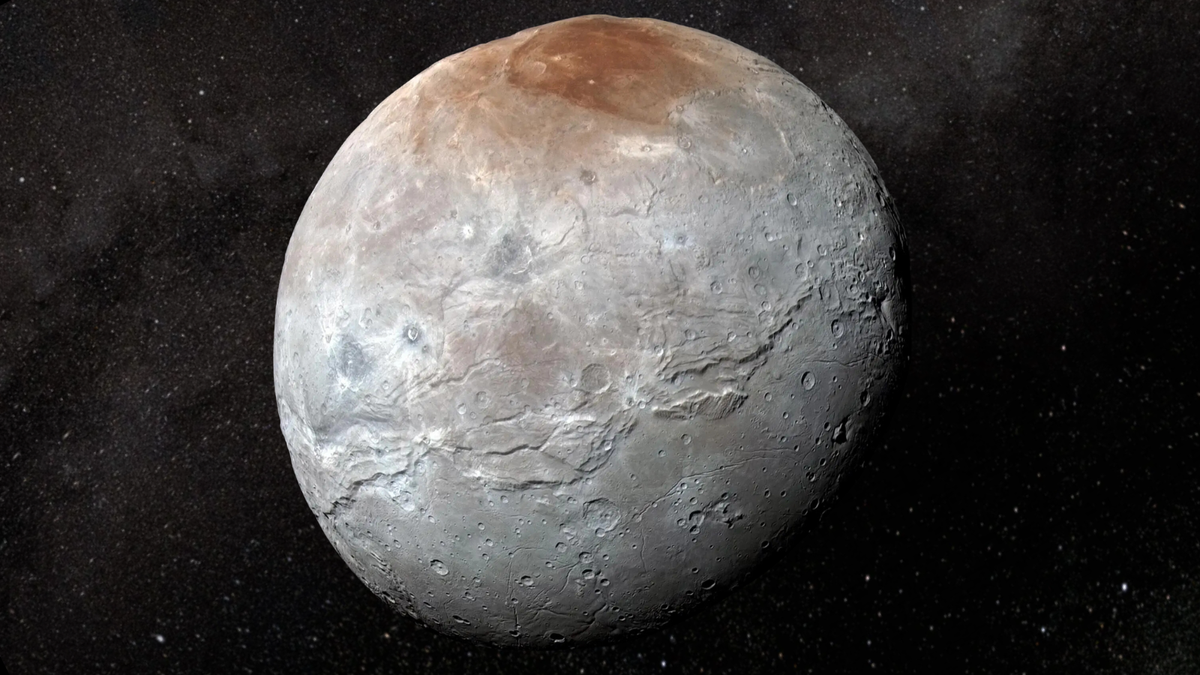
Charon
In Greek mythology, Charon or Kharon is a psychopomp, the ferryman of Hades, the Greek underworld. He carries the souls of those who have been given funeral rites across the rivers Acheron and Styx, which separate the worlds of the living and the dead. Archaeology confirms that, in some burials, low-value coins were placed in, on, or near the mouth of the deceased, or next to the cremation urn containing their ashes. This has been taken to confirm that at least some aspects of Charon's mytheme are reflected in some Greek and Roman funeral practices, or else the coins function as a viaticum for the soul's journey. In Virgil's epic poem, Aeneid, the dead who could not pay the fee, and those who had received no funeral rites, had to wander the near shores of the Styx for one hundred years before they were allowed to cross the river. Some mortals, heroes, and demigods were said to have descended to the underworld and returned from it as living beings.









